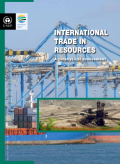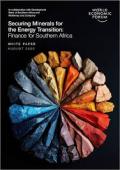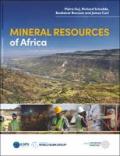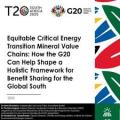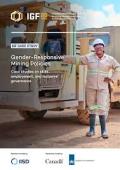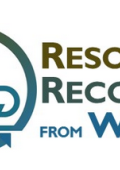
Economic activity, in particular within the building and manufacturing sectors, strongly depends on the supply of minerals and metals as core raw materials. Between 1995 and 2005, extraction of construction and industrial minerals increased by 178 percent and emerging economies with large populations (such as China and India) had strongly increased their demand for minerals to build up infrastructure (UNIDO, 2011). This growth is expected to continue, fueled by the rapid industrialization of developing countries and the development of more metal intensive technologies in the developed world.
Green growth policies are important to reduce the negative impacts of the mining sector on ecosystems and landscapes, including pollution, dangerous waste and carbon emission; they are also critical for reducing the ecological footprint of these materials across their entire life-cycle, from extraction to final user, helping to promote the sustainable growth of the industry and the creation of new jobs.
The mining and metals sector faces significant disruption from the transition to a low-carbon economy, with a move away from traditional commodities, such as coal, towards newer products such as lithium, which are involved in technologies such as battery storage and electronics. This disruption will require concerted action between finance and industry to incentivize and operationalize the shift to more sustainable metals and minerals to ensure the financial resilience of the mining and metals sector.
Mining revenues are impacted by long project cycles, multiple phases of operations, power and water shortages, and fluctuations in global commodity prices. There are opportunities to increase revenues while reducing environmental impacts by using renewable energy and co-generation, and improving resource efficiency, particularly in energy use and water.
While the majority of official financial flows go to large-scale mining companies, artisanal and small-scale miners (ASMs) produce about 80% of the world’s gemstones and 20% of all gold. Standards such as Fairmined and Fairtrade Gold foster responsible ASM cooperatives and provide a higher-value market for ASMs, while hire purchase loan schemes for green equipment and the use of geological information as collateral can lower barriers to financing.
The mining industry has suffered from adverse social impacts and catastrophic environmental disasters such as tailing dam failures. Investors, banks and insurers have an opportunity to improve practices by making finance conditional on improved processes and by using stewardship to drive board-level accountability in the sector.




